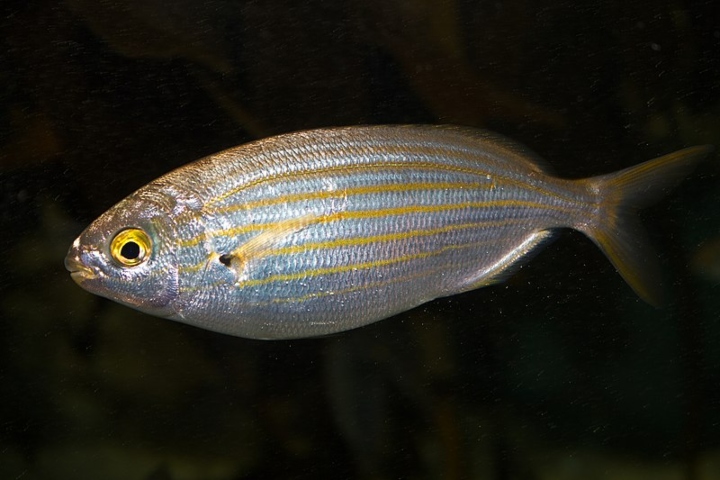[imagesource:maxpixel]
The Romans knew how to party.
A species of sea bream called Salema Porgy is known in Arabic as “the fish that makes dreams”, and this common dish has been gaining quite a reputation for its trippy side effects.
The dish is quite common along the shores of the Mediterranean and the east coast of Africa and is often served in restaurants, although very few people who eat it are looking to trip balls. This little psychedelic fishy is so potent that there have been reports of people tripping for three days after consuming it, whereas others report zero side effects.
Scientists are equally baffled by the fish’s ability to make your nightmares become real, but have named the effects of this ‘ichthyoallyeinotoxism’. Try saying that out loud.

[imagesource:wikimedia]
Although the fish species have been known about for centuries, it is still unsure exactly which part of the fish causes the brain-melting side effects, even though Salema Porgy-induced ichthyoallyeinotoxism can be found in the annals of scientific literature.
While the head of fish is considered the most hallucinogenic part, one study found that the liver and internal organs are highly toxic. Strangely, toxicity levels seem to fluctuate throughout the year, with the highest number of poisonings occurring in the autumn.
The earliest documented case was in 1982 when a family in Marseille barbequed the fish without removing any of its organs. They were luckier than other accounts and only experienced 10 hours of terror as visions of aggressive animals attacked the family. The appearance of these apparitions seems to be a common thread that runs through most of the anecdotal evidence.
The second reported case was in 1994 after a tourist in the French Riviera ordered Salema porgy at a restaurant. The poor man began suffering from blurred vision, nausea, and muscle weakness before getting into his car and driving to the hospital. The journey must have been terrifying as he reported being attacked on the way by “giant arthropods”. Only after 36 hours did the nightmare subside and he could be discharged from the hospital, although he regained no memory of the time he was there.
And as a final warning, there is the 90-year-old man from St. Tropez that was under siege by “screeching winged animals” for more than three days after his introduction to the fish.
The best theory so far seems to be that the fish feed on a particular type of algae that may have toxic side effects that may be responsible for the hallucinations. Scientists still haven’t been able to identify the actual compounds responsible for ichthyoallyeinotoxism (still can’t pronounce it, huh?).
One theory could be that there are molecules similar to DMT, or that mirror the effects of LSD, although just like the reasons why anyone would still eat this fish, it remains a mystery. Despite the threat of a three-day nightmare, it has been found that the ancient Romans actively sought out Salema Porgy for its recreational uses.
So unless you like to party like a Roman, we suggest you memorise the name, and when you visit a Mediterranean restaurant again, order the chicken.
[source:ifls]





